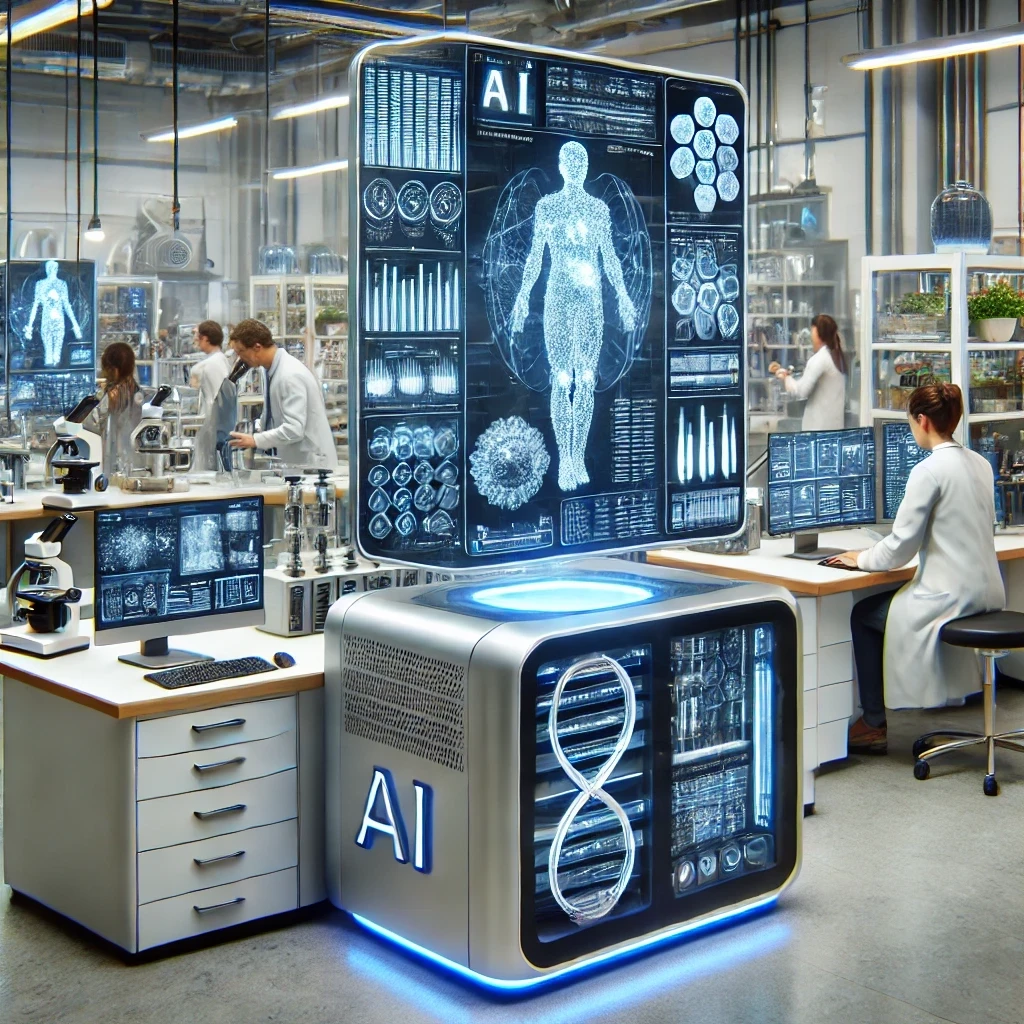Predictive analytics labelled as high impact tech to disrupt drug discovery
Add bookmarkThe industry has signaled great anticipation around the potential predictive analytics can bring to drug discovery
Predictive analytics, which was voted as the top intelligent technology in a recent deep dive research study by Pharma IQ, can streamline processes and help pharma firms avoid gaps in productivity.
What is predictive analytics:
Predictive analytics uses a range of data driven techniques and algorithms to examine existing facts and deduct predictions about the likelihood of potential future events. “The goal is to go beyond knowing what has happened to providing a best assessment of what will happen in the future.”
These statistical techniques include the likes of: Data mining, machine learning and predictive modelling.
How it works:
Predictive analytics as a concept has existed for a few decades. However, now the technology has become more accessible and easier to use it is being applied by corporations to master their vast volumes of data.
Predictive analytics benefits for pharma
With businesses thirsting for competitive advantage, predictive analytics can be a handy tool to provide direction.
Some are using predictive analytics to help detect fraud or abnormal patterns that could indicate a cyber security threat. Predictive analytics can also be helpful to forecast inventory, control resources and also reduce risk, for example with health insurance.
In manufacturing predictive analytics can identify elements that could degrade production quality or lead to failures.
Dr Andrea Zobel Global Senior Director Portfolio Management of Clinical Trial Supply at PAREXEL said: “I have been really impressed by the success stories I’ve heard where companies used predictive analytics tools on very small data sets to produce a good view into the future and optimize planning, manufacturing and production.
Pharma applications
McKinsey & Company notes: “… predictive modeling could help identify new potential-candidate molecules with a high probability of being successfully developed into drugs that act on biological targets safely and effectively.”
There are obvious areas of application for predictive analytics with the industry’s desire to de-risk drug discovery , reduce duplicated workflows and improve predictions for in-vivo toxicities.
This is only enflamed with pharma’s shift to the personalized medicines model. Manufacturers will rely on intelligence to indicate area’s or molecules with the most potential for patients and clinicians.
Medical data needs to be contextualized in order for predictive technologies to map out trends and recommendations so corporate agendas can flex accordingly. For this there needs to be a breakdown of the data silos that exist between discovery, clinical development, sales, manufacturing, CROs, physicians within the industry.
However there are data protection considerations as pharma has a clear commitment to safeguard the individual, while maximizing the opportunity to gain better insights into our biology’s phenotypic behavior.
This access demands informed consent from individuals - who fully understand the security and technology risks that this poses. Also, it does require policies to manage the actors involved with safeguards and penalties. Regulators will play a key role in how predictive analytics is used in the industry.
Communicating to clinicians
If predictive analytics are implemented, all pharmaceutical companies can correlate the insights from CRM to provide an all-round view of doctors’ prescribing habits.
Pharmaceutical companies with limited IT resources will either host a solution, or engage a technology consultant to develop the in-house skills and capabilities to develop the predictive analytics unit. By hosting a solution, the technology provider maintains the predictive models and a secure infrastructure. However, the company supplies the data, collaborates on the predictive framework and owns the deliverables/results. With an increase in experience, operations could be shifted in-house.
The same research base voted the Internet of Things (IOT) as the third high impact technology to disrupt drug discovery.
Andrea Zobel noted: “Regarding the Internet of Things (IoT) only one third of the respondents see it to be of real interest. This is a little surprising because there are so many aspects of IoT in development that are due to influence on drug discovery.”






















